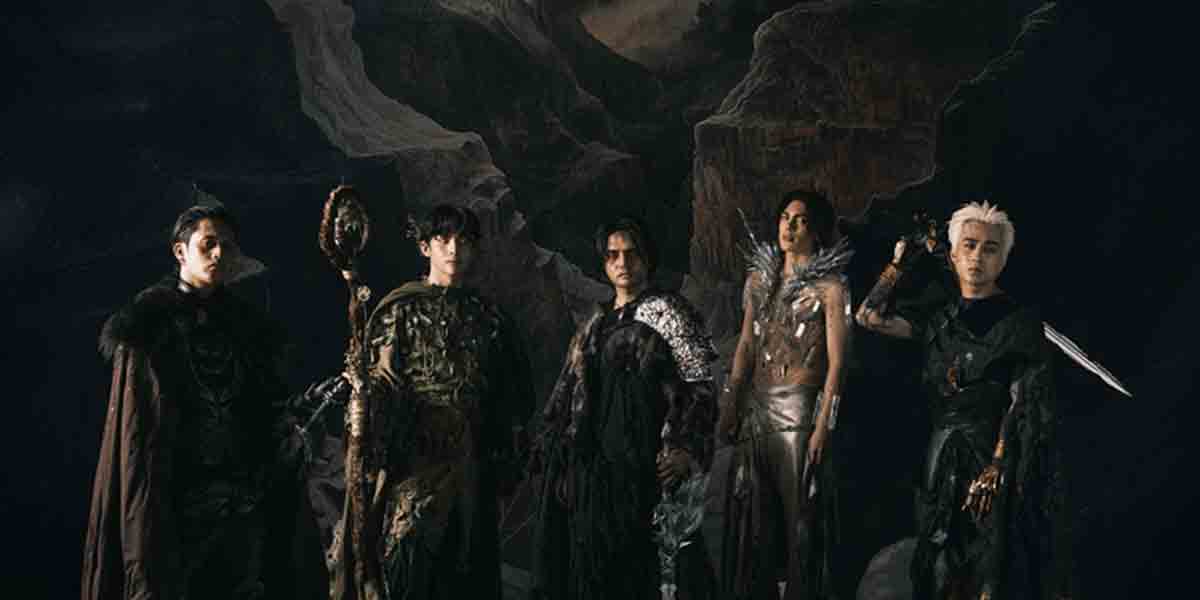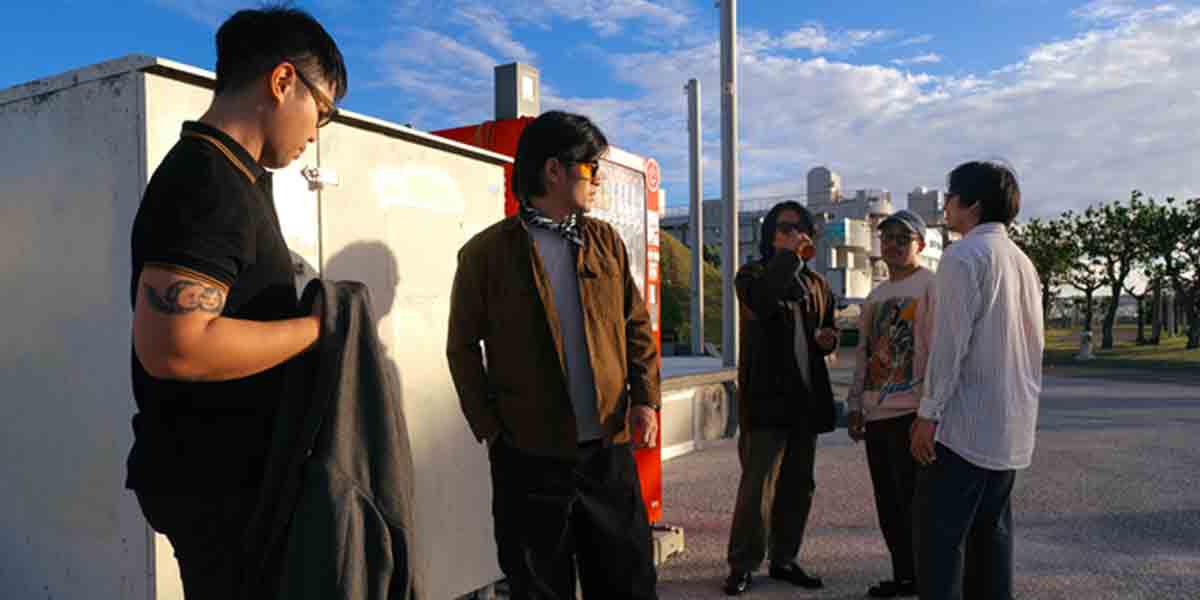By John Anthony S. Estolloso
Visit the Iloilo Museum of Contemporary Art (ILOMOCA) one of these days and you will encounter the on-going exhibit of ‘Kaon Na Ta!’, an artistic buffet of visual and installation art – and the occasional sculpture – that takes the viewer from the ordinary and seems to invite (or should it be ‘incite’?) an overabundance of interpretations.
Most often than not, the meaning-making of art is left to the perspectives of the audience, and rarely does the artist indulge his or her viewers with the chance to elaborate on the hows of the artwork. In the same manner with which literary criticism speaks of a furtive sublime experience which the writer – or in this case, the artist – undergoes that lets surface the subconscious inspiration that becomes the emotional core of the work, the audience hardly gets an inside look in the conception of the art.
Rarely is this experience intensely explored or discussed even among critical circles: critics may peruse and conjecture but will most likely bring to the table of discourse their personal lenses or schools of thought which, though not necessarily invalid, may veer far from what the artist intends to be read in his or her work.
Running contrary to this ‘convention’ of the artistic experience, last June 3 gave the audience a chance to immerse and take a glimpse into the artistic process of Manny Montelibano and Roselle Perez. Sparse may have been the audience listening, it nonetheless revealed the artists’ progressions which led to the birthing of their creations – more so that far from the ordinary of traditional media, the projections of imagery through LED screens made it even more controversial, in the most traditional sense of the word.
Manny Montelibano is an inter-media artist who has no qualms in capturing in subtle shades of color and image the social, political, economic, and religious mises en scène of the country. His artworks have made notable appearances and stirred conversations in past international exhibitions, and it is with the same spirit of artistic eccentricity that he adds to the visual feast.
In attempting to capture the undercurrents of the ordinary, Montelibano’s work projects a visual, if not necessarily palpable, projection of the temperature of life. (The Latin of his talk’s title is more eloquent and evocative: Temperaturis Vitae.) Utilizing the curious projections of a thermal scanner, the display provided a rather colorful and unorthodox way of viewing the most mundane of scenes. At the backdrop of the display were the ramblings of Duterte, subdued to an almost monotonous drone – all incoherent and drab in contrast to the vivid chromatic display. This combination of light, color, and sound brings the viewer to a heightened perception of what is encountered daily; then again, it stays as mere perception.
On the other hand, Roselle Perez’s artworks aspires to be a visual memoir, shown as a series of moving images. Viewed through the lens of LED screens, these projections court intrigue: to what extent can a screen be used as an artistic medium beyond the entertainment canon of film and television?
While audiences might be comfortable with the synonymity of moving pictures with film as an art form, Perez’s artworks contradict this by offering her audience with a range of sheer images and raw clips arranged as a narrative montage. With this medium, the artist’s experiences transform into a projection of her reality, one curated by herself to exude a particular reading. Caught in the blur between what is image and what is reality, the viewer is drawn to look at the nitty-gritty aspects of what is on-screen, and in the process, fall for what sociologist Jean Baudrillard would consider as the ‘diabolical seduction of images.’
Perhaps a closer look at the context of Roselle Perez would reveal more than what meets the eyes: she shares how her formative years spent both in the Philippines and the United Kingdom provide for a much richer canvas brimming with identities, memories, transformations, and relationships, all of which found their way through the peculiarly arranged LED screens that constitute her main display.
Whatever meanings or interpretations we glean from the artworks of Montelibano and Perez, the same quotidian projection of life is woven through these, albeit in manners most nonconformist. Then again, such is the function of art: to continuously translate our realities through aesthetic renditions, that in this treachery of images and sounds we might find or lose ourselves and the contexts that surround us.
In ending, it would be apt to harken back to what Oscar Wilde brashly points out in his preface for The Picture of Dorian Gray: all art is at once surface and symbol – we read or drown in both at our own peril. In like manner, we dive into their shades and shadows at our own risk.
(The writer is the Subject Area Coordinator for Social Studies in one of the private schools of the city. Photos are from ILOMOCA and are used with permission.)


























